Kimono in Rural Japan vs. Urban Japan
The kimono, Japan’s iconic traditional garment, has been worn for centuries. While many people associate it with historical Japan, kimonos are still part of modern life — though their usage and styling vary dramatically between rural and urban areas.
In this article, we’ll explore the cultural differences, stylistic choices, and practical uses of kimonos in rural vs. urban Japan, with a special focus on Kyoto, a city that blends historical charm with contemporary flair. Whether you’re visiting the countryside or the bustling streets, you’ll discover how the kimono remains an essential part of Japanese culture — and where to capture the most breathtaking photos in one.

- 1. The Kimono’s Cultural Roots in Japan
- 2. Rural Japan: Kimono as Everyday Wear and Local Tradition
- 3. Urban Japan: Kimono as a Statement of Elegance
- 4. Key Style Differences: Rural vs. Urban
- 5. Kimono in Kyoto’s Rural Festivals
1. The Kimono’s Cultural Roots in Japan
Before diving into the rural-urban divide, it’s important to understand what the kimono represents. The word “kimono” literally means “thing to wear” (着物), but over centuries, it has evolved into a cultural symbol of Japanese tradition, elegance, and seasonal beauty.
Historically, kimonos were everyday clothing for men and women. The patterns, fabrics, and colors could signify social class, marital status, and even the wearer’s personality. Today, they are often worn for special occasions such as:
- Weddings
- Tea ceremonies
- Coming-of-age celebrations (Seijin no Hi)
- Festivals (matsuri)
- Graduations
However, in Kyoto’s rural areas, you might still find elders wearing kimonos as daily wear, while in the city, it’s typically reserved for events or tourism.
2. Rural Japan: Kimono as Everyday Wear and Local Tradition
In rural Japan, traditions often survive in their purest form. Kyoto’s countryside — think Arashiyama’s quieter corners, Ohara village, and the outskirts of Uji — still preserves the old rhythms of life.
Why kimonos are still worn daily in rural areas
- Generational habits: Older generations grew up with kimonos as their main clothing.
- Seasonal adaptation: Cotton yukata for summer, layered silk for winter.
- Cultural pride: Wearing a kimono connects them to their community’s heritage.

In rural areas, function often meets tradition. For example:
- Farmers’ wives may wear a lighter work kimono (nōgyōgi) over modern clothes while tending vegetable gardens.
- Festivals often involve handmade or family-inherited kimonos, passed down for decades.
3. Urban Japan: Kimono as a Statement of Elegance
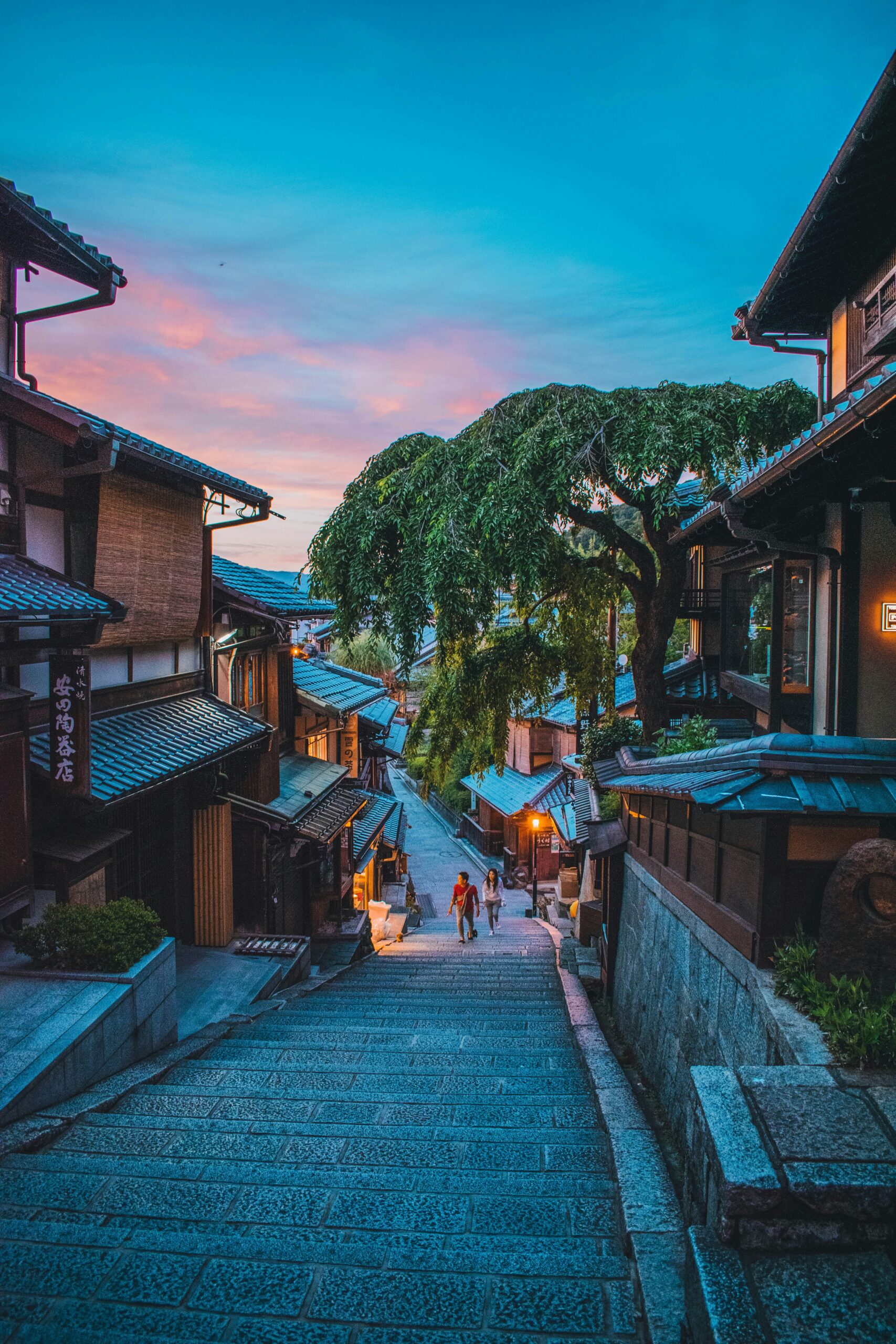
In urban Kyoto — especially around Gion, Higashiyama, and Kawaramachi — the kimono is less about daily practicality and more about cultural appreciation, fashion, and tourism.
Urban kimono wearers are often:
- Tourists renting kimonos for a day.
- Young women attending graduation or tea ceremonies.
- Geisha and maiko performing in the entertainment districts.
- Fashion-conscious locals experimenting with modern accessories like boots or hats.
4. Key Style Differences: Rural vs. Urban
| Feature | Rural Kyoto & Countryside Areas | Urban Kyoto |
|---|---|---|
| Fabric | Durable cotton, handwoven silk | Luxurious silk, modern blends |
| Pattern | Seasonal motifs, local plants | Trendy prints, gold accents |
| Use of Obi (belt) | Simple knots, functional ties | Decorative, intricate knots |
| Footwear | Wooden geta or rubber soles | High-quality zori, modern sandals |
| Accessories | Minimal, practical items | Hairpins, handbags, parasols |
5. Kimono in Kyoto’s Rural Festivals
Kyoto’s countryside hosts numerous festivals where the kimono remains the unofficial uniform.
Ohara’s Autumn Festival:
Locals wear kimonos with autumn maple leaf motifs.
Wazuka Tea Festival:
Green tea patterns on obi belts.
Tango Region’s Hina Matsuri:
Colorful kimonos to celebrate Girls’ Day.
6. Urban Kyoto: Kimono as an Experience
In Kyoto city, kimono wearing has become a must-do cultural activity for visitors. Rental shops line the streets near Kiyomizu-dera Temple, Yasaka Shrine, and Pontocho.
For those seeking the perfect photo experience, there are professional photography services that capture the beauty of wearing a kimono against Kyoto’s most iconic backdrops.
If you want a truly memorable keepsake, book a photoshoot with AllPhoto Kyoto — where you can stroll through the historic streets, posing in elegant attire while a skilled photographer captures your best angles.
7. Seasonal Kimono Styles
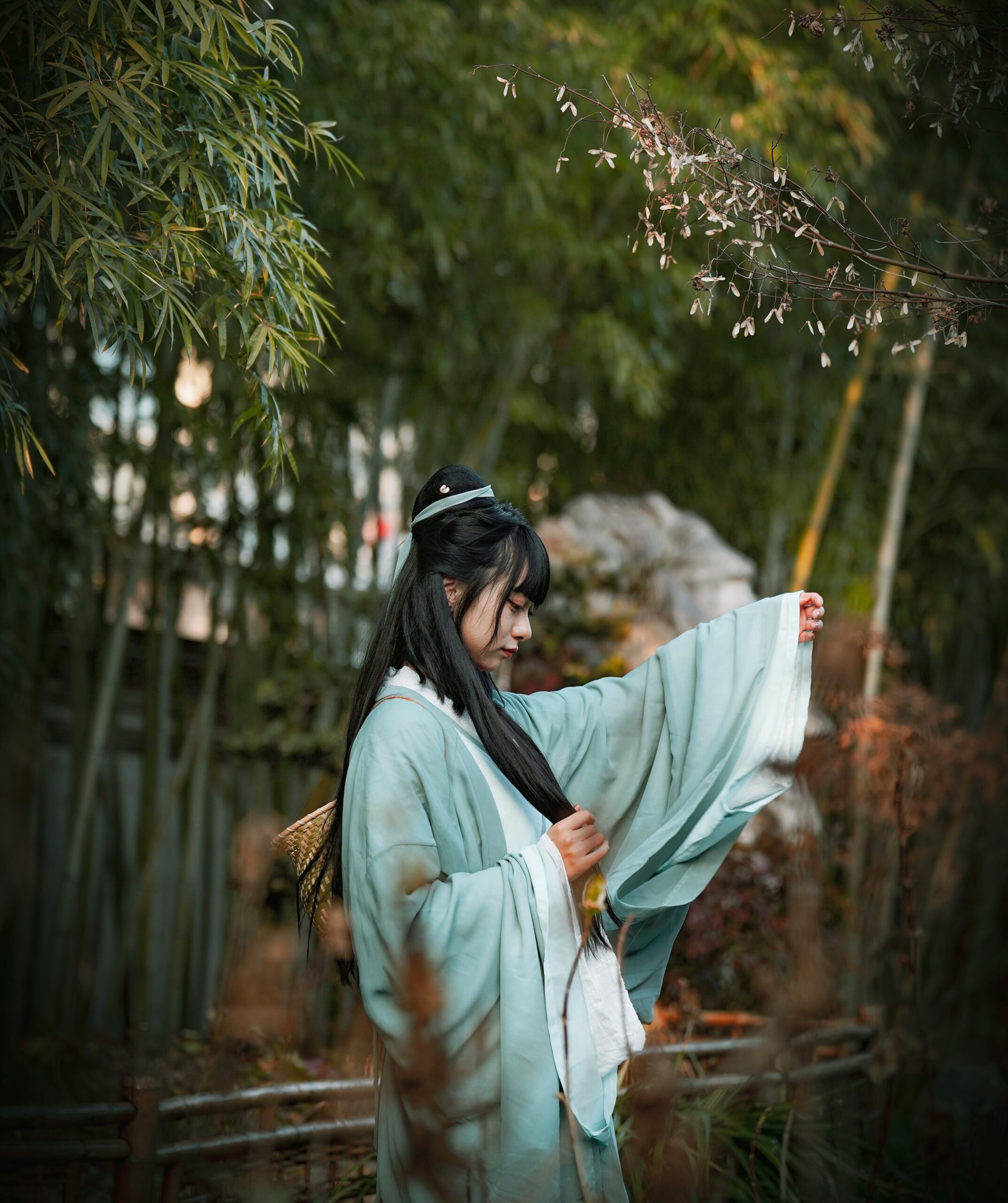
Both rural and urban Japan embrace seasonal kimono styling:
Spring (Haru): Cherry blossom patterns, pastel colors.
Summer (Natsu): Lightweight yukata, bright floral designs.
Autumn (Aki): Rich reds and oranges, maple leaves.
Winter (Fuyu): Darker tones, heavier silk, layered undercoats.
8. Modern Adaptations: Kimono in Contemporary Fashion
Urban areas often blend traditional and modern fashion:
- Pairing kimonos with leather boots.
- Using Western-style handbags instead of traditional kinchaku pouches.
- Layering kimonos over dresses or jeans.
Rural areas tend to keep the classic silhouette intact, preserving cultural authenticity.
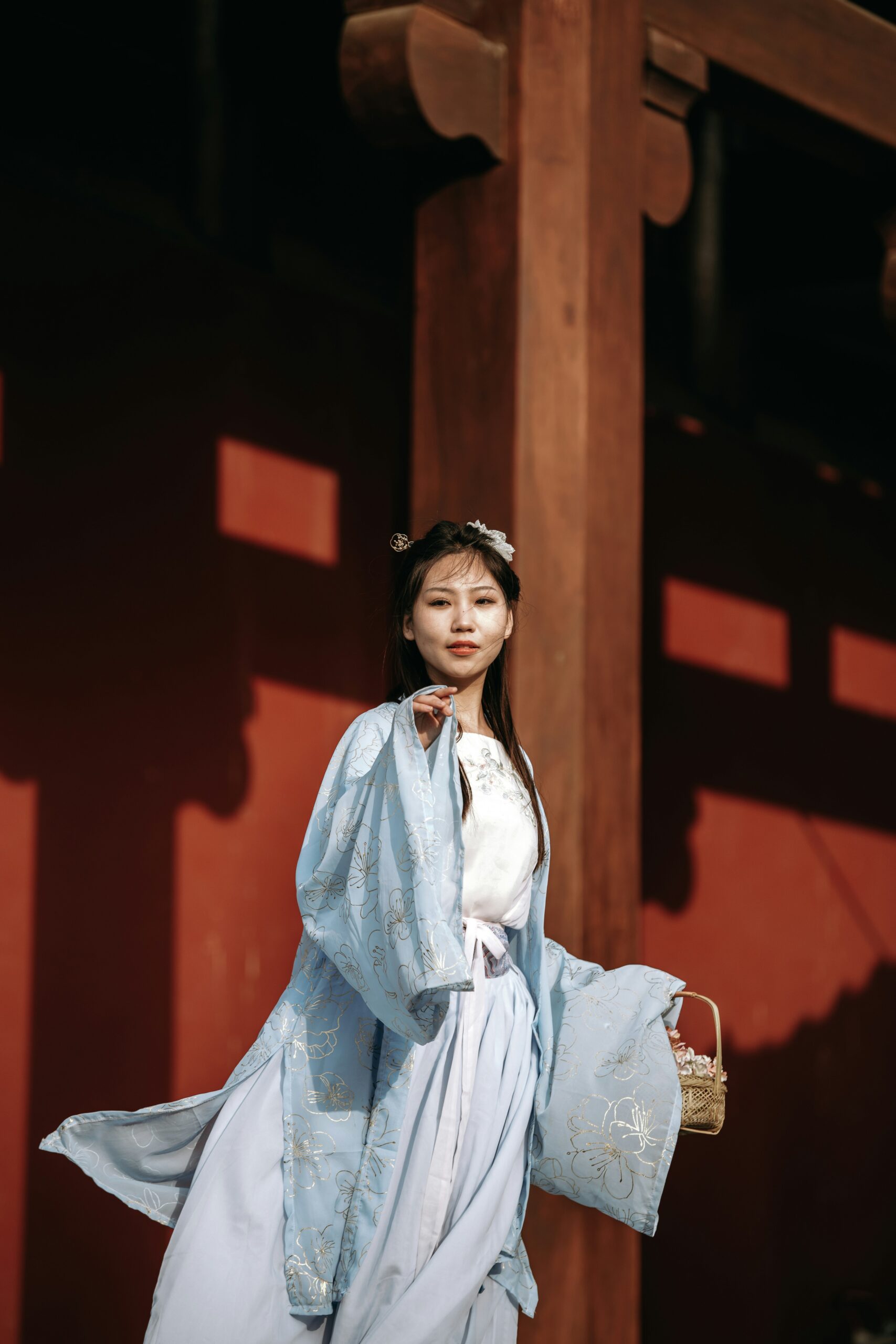
9. Where to Experience Kimono in Kyoto
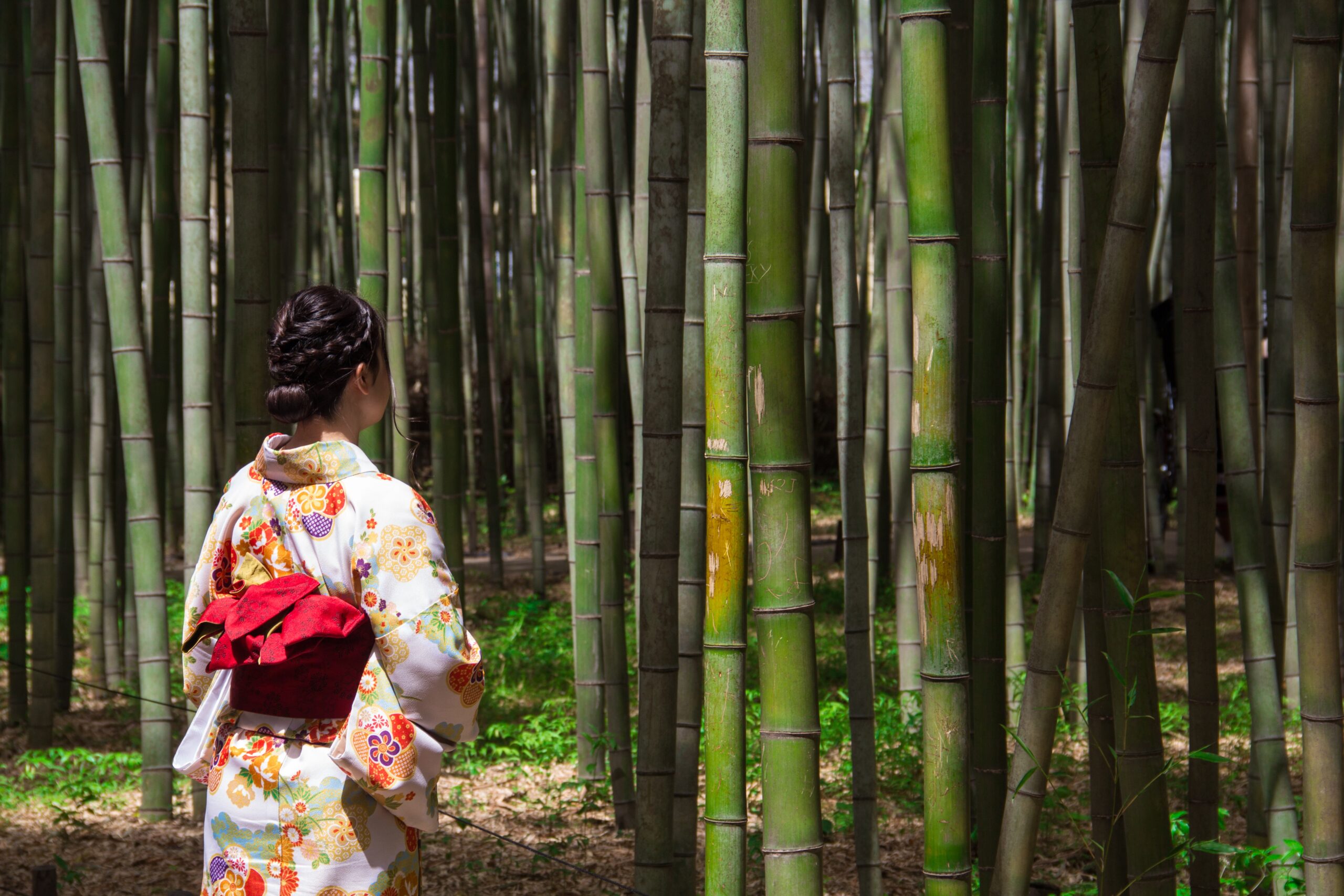
If you want to explore kimono culture first-hand:
Gion District
Spot maiko and geisha in full attire.
Arashiyama Bamboo Grove
Photogenic natural setting for kimono photos.
Kyoto Imperial Palace
Formal setting for traditional attire.
Ohara Village
Experience rural traditions and countryside charm.
10. Tips for Wearing a Kimono in Kyoto
Mind the season: Choose fabric weight accordingly.
Learn basic etiquette: How to walk, sit, and hold the obi in place.
Accessorize smartly: Keep harmony in colors.
Book in advance: Photography services in Kyoto are in high demand, especially during cherry blossom and autumn foliage seasons.
11. The Future of Kimono in Japan
With younger generations embracing kimono rentals and photo sessions, the tradition is far from fading. In rural areas, it remains a living heritage, while in urban spaces, it’s evolving into a symbol of cultural tourism and fashion innovation.
Whether you prefer the quiet dignity of rural kimono wearers or the vibrant styles of the city, Kyoto offers the perfect balance — and the perfect setting — to experience this timeless garment.
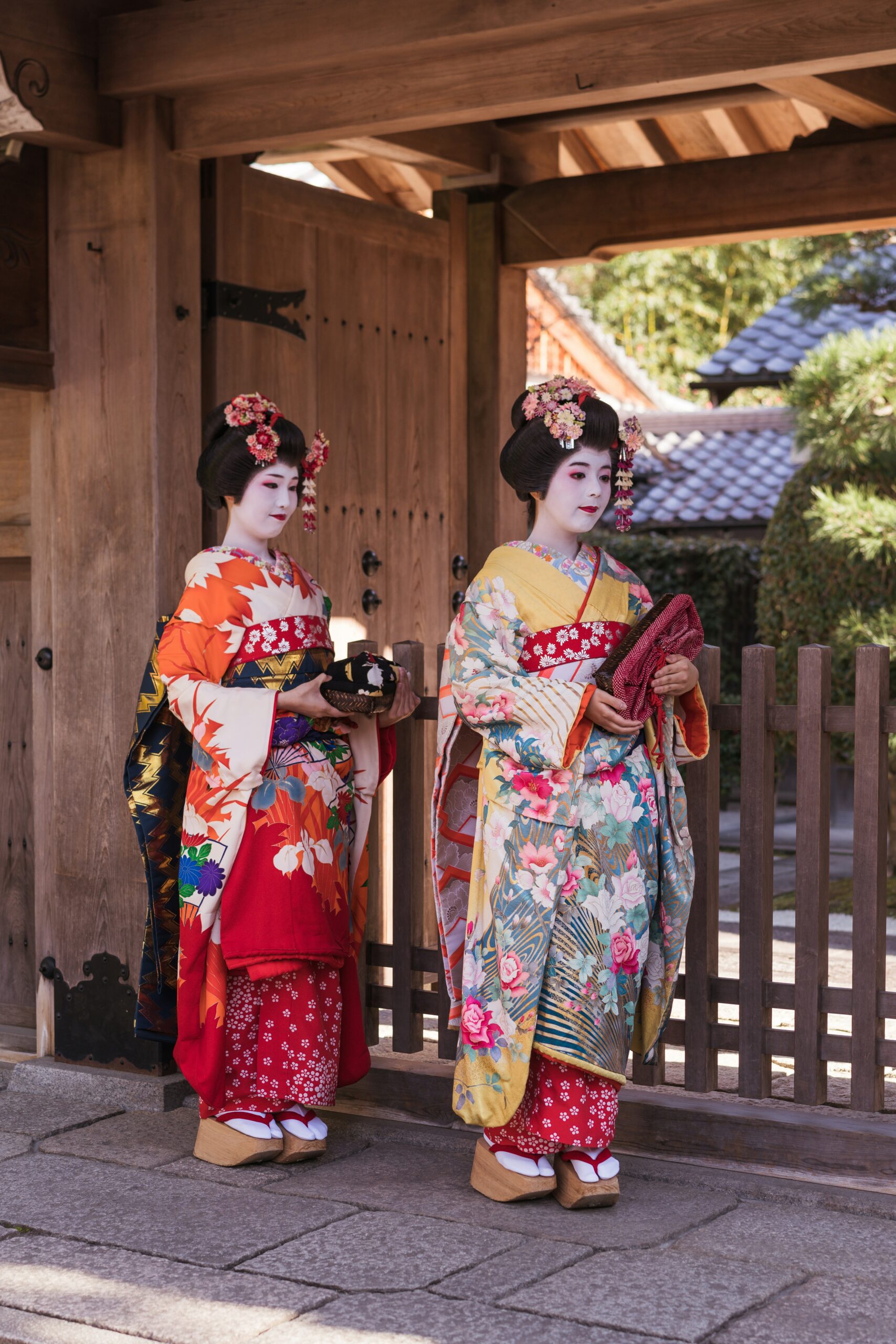
Conclusion
The kimono’s journey from everyday clothing to a cultural icon reflects Japan’s balance between tradition and modernity. In rural Kyoto, it’s a practical expression of heritage; in urban Kyoto, it’s a canvas for fashion and photography.
No matter where you go, wearing a kimono in Kyoto is an unforgettable experience — and with services like AllPhoto Kyoto, you can capture that moment forever.
Capture MemoriesEmbrace Tradition


コメント